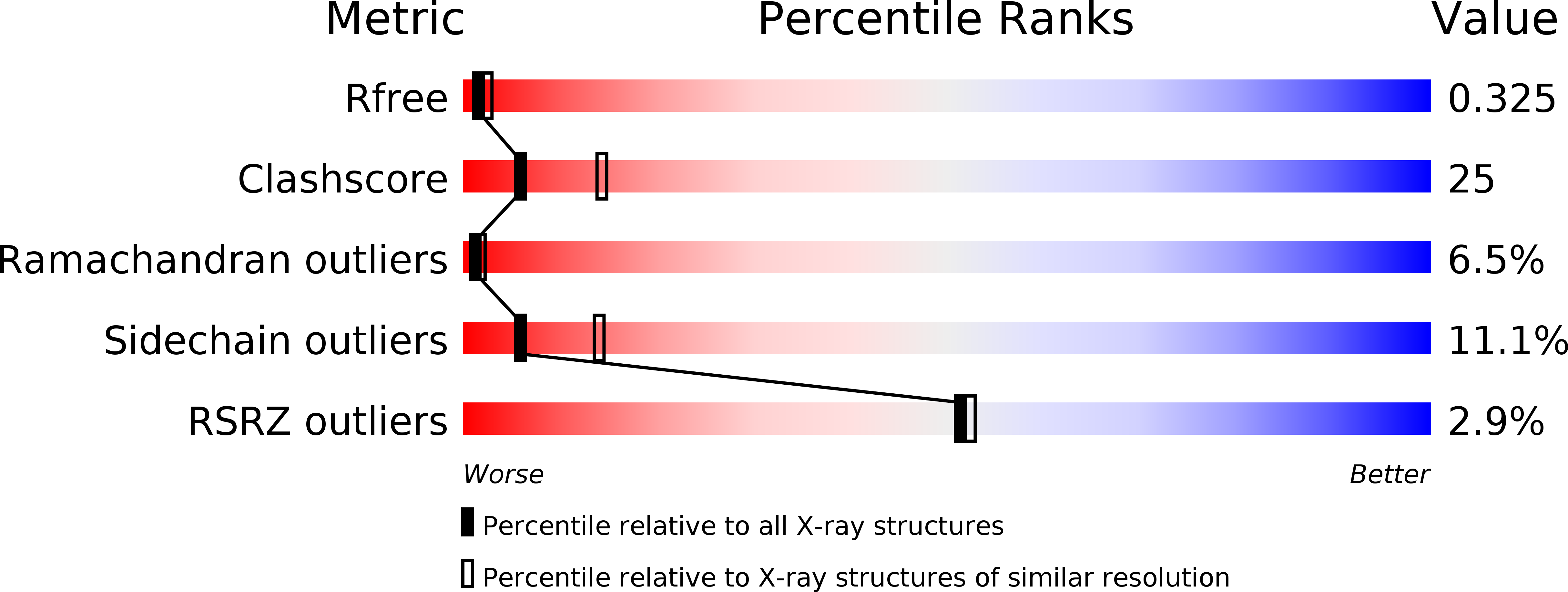
Deposition Date
2012-01-17
Release Date
2012-06-13
Last Version Date
2024-11-27
Method Details:
Experimental Method:
Resolution:
2.70 Å
R-Value Free:
0.31
R-Value Work:
0.22
R-Value Observed:
0.22
Space Group:
C 1 2 1


